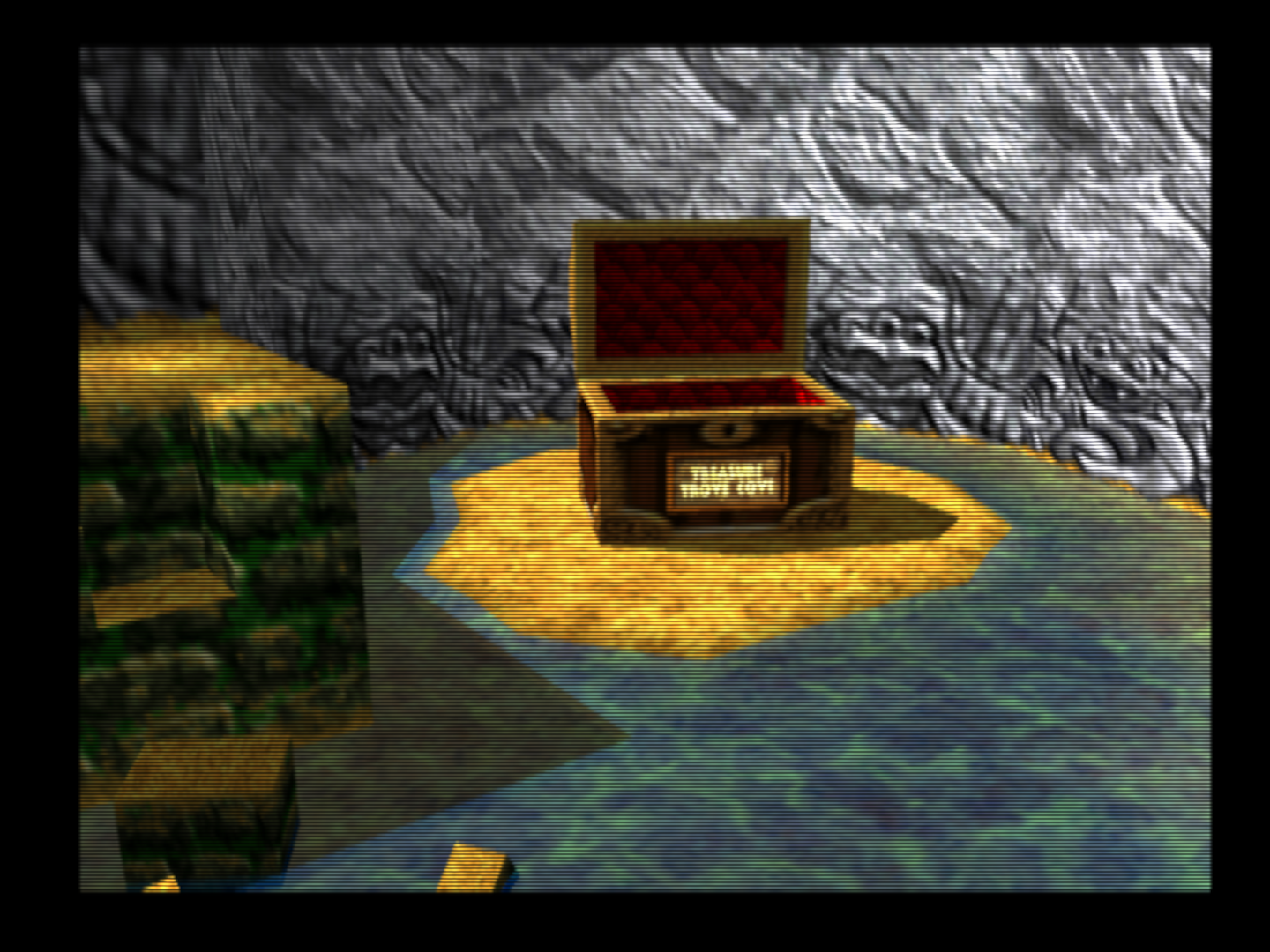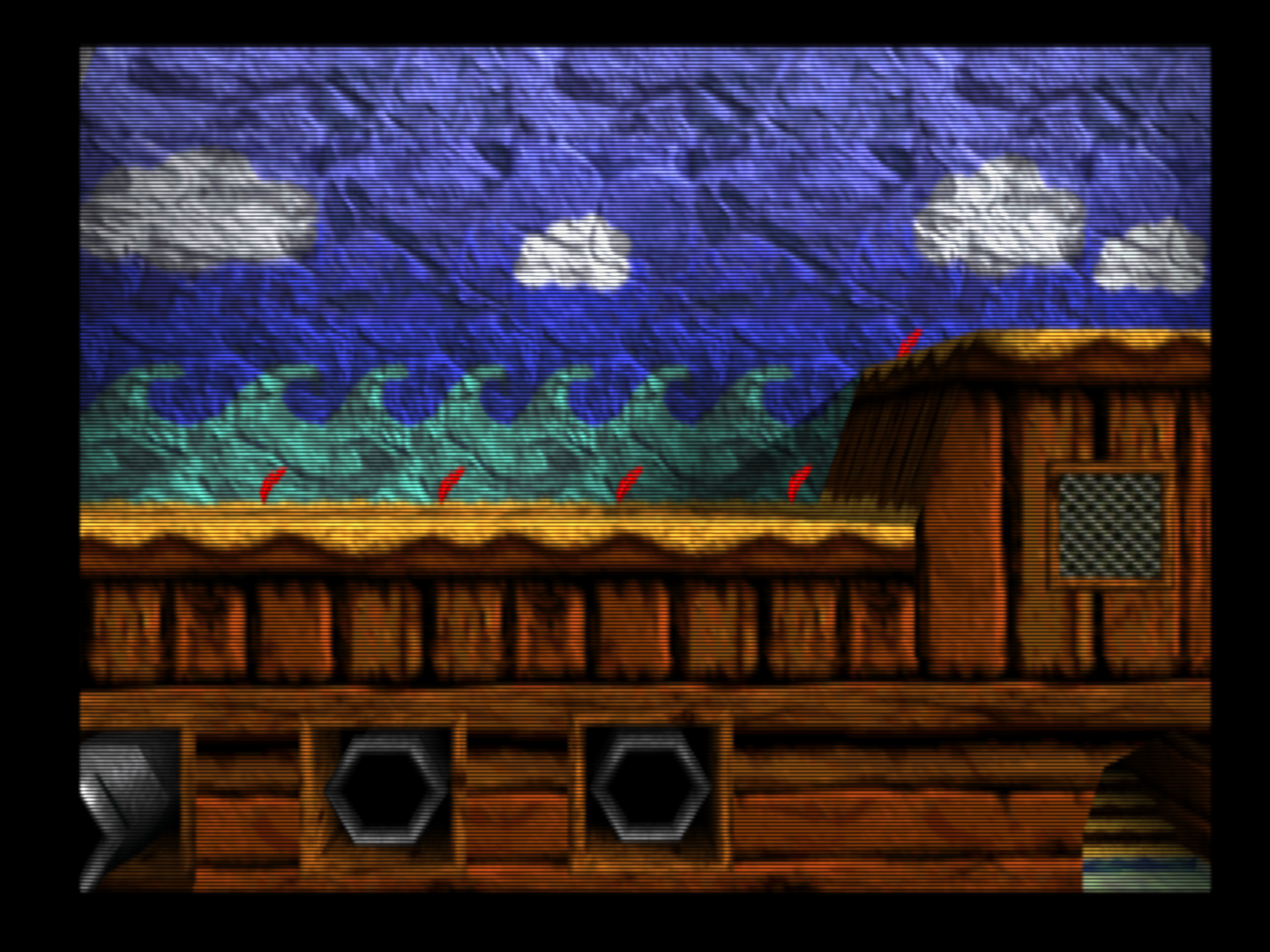Starlight Lotice
Member
there is a debate about it, there is this idea that the cartridge allowed fast access to game assets like other rom based systems and as mentioned in the video, this is supported by an interview with factor 5 for the indiana jones game where they mention they did it in that game but offer no furter details of the process or if was something special in the cartridge, but a dev in beyond3d forums(he was a developer for n64 games at the time) mentioned that is a bad idea, he mentioned something about very limited bandwidht like 8 bit interface or something like that(I remember he clarified he dont remember everything about it but that it was bad idea ) makes sense as most dev didnt used that and the general consensus is the BW problems, maybe is bad idea but can be used along other things to alleviate the problem and maybe it depends more how the game works so what F5 did cannot be applied to every game, I suspect that what you say is correct but just like nes that extra hardware was very costly and most publishers didn't want to pay so as a result devs had a hard time with the console, in the nes era the extra features in the game required a particular mapper chip that can trigger interrupts for special functions that was expensive
Thanks for the additional information! It's always nice to learn new things about these systems and whether expandable mappers were possible.
True, the UK prices for Cartridges got to £70 at one point!





